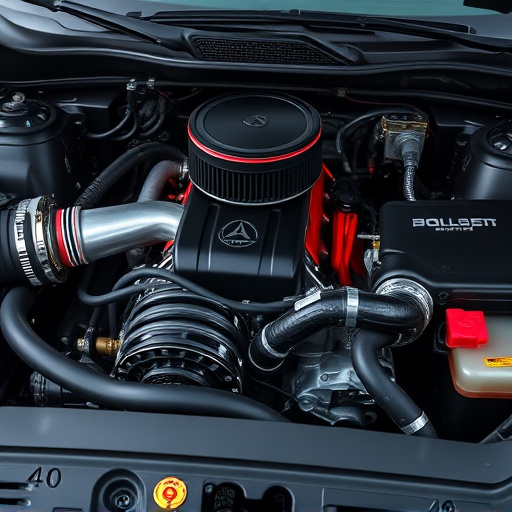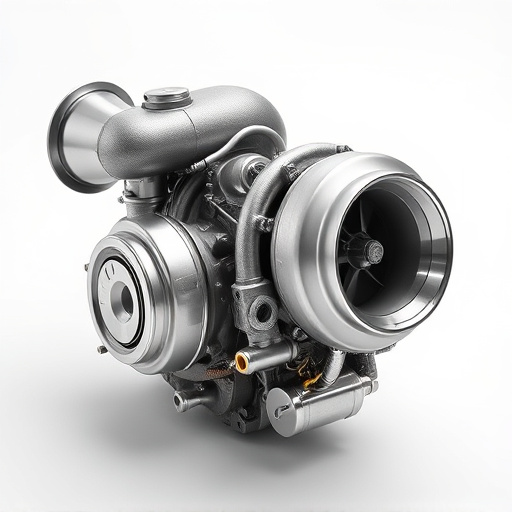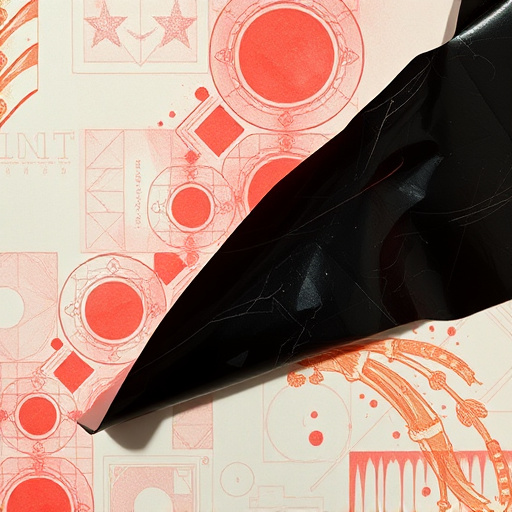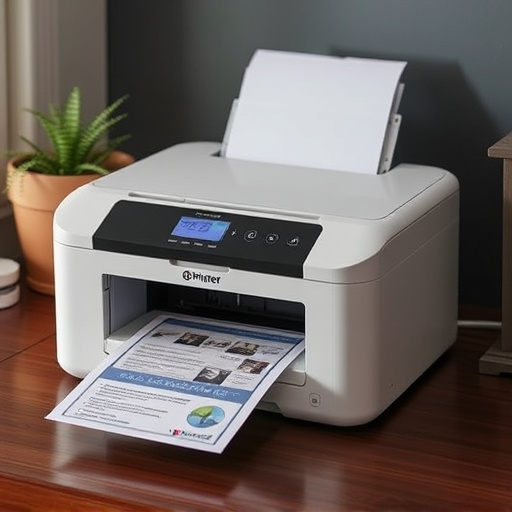The DTF Shaker revolutionizes custom textiles with direct ink application, eliminating transfer papers and offering vibrant print quality for intricate designs. Proper setup involves workspace preparation, machine calibration, and testing settings. Crack-free prints rely on temperature/pressure control during application, using high-quality transfer sheets specific to fabric types.
“Unleash your creativity with consistent, crack-free prints using a DTF Shaker—a game-changer in the printing world. This innovative technology offers unparalleled quality and precision. Our guide helps you master the art of DTF Shaker printing. From understanding its advanced tech to setting up your shaker for optimal results, we’ll show you how to achieve consistent, high-quality outputs. Learn the secrets to preventing prints from cracking, ensuring every detail is crisp and vibrant.”
- Understanding DTF Shaker Technology for Print Quality
- Setting Up Your DTF Shaker for Consistent Results
- Advanced Techniques to Prevent Cracks in Prints
Understanding DTF Shaker Technology for Print Quality
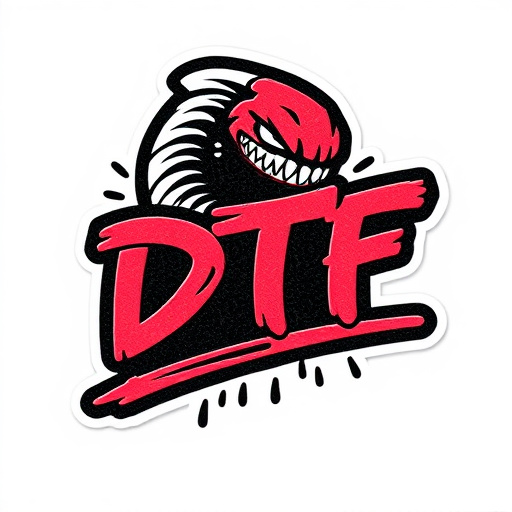
The DTF (Direct to Fabric) Shaker technology is revolutionizing the print quality standards for custom t-shirts and various other textiles. Unlike traditional printing methods, this innovative approach directly applies ink onto the fabric surface, eliminating the need for intermediate transfer papers. This direct contact ensures a more precise and vibrant reproduction of designs, resulting in high-quality dtf prints.
By using specialized DTF heat transfer paper, the process becomes even more efficient. The paper acts as a conduit, delivering the ink evenly across the fabric while also providing insulation to prevent ink from bleeding or smudging. This technology is particularly advantageous for intricate designs and fine details, ensuring every element of your artwork translates accurately into the final dtf prints.
Setting Up Your DTF Shaker for Consistent Results
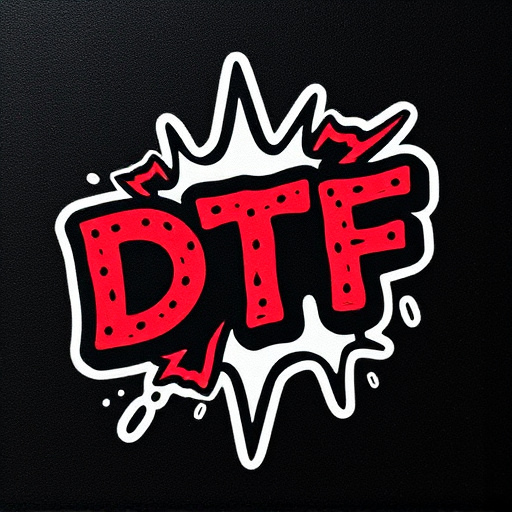
Setting up your DTF Shaker correctly is key to achieving consistent, crack-free prints. Start by ensuring your workspace is clean and organized, with ample space around the shaker for ease of use. Place the DTF Shaker on a flat surface, preferably a table or workbench, and connect it to a reliable power source. Before loading any material, calibrate the machine according to the manufacturer’s instructions. This process involves adjusting settings for temperature, pressure, and time to match the specific requirements for your project.
Once calibrated, load your chosen DTF film into the shaker, ensuring it aligns perfectly with the print bed. Use a clean, lint-free cloth to wipe down the print bed before placing your design. For best results, especially when printing on light fabrics using a direct to film printer or heat press, consider testing different settings and materials to find the optimal combination for your needs.
Advanced Techniques to Prevent Cracks in Prints
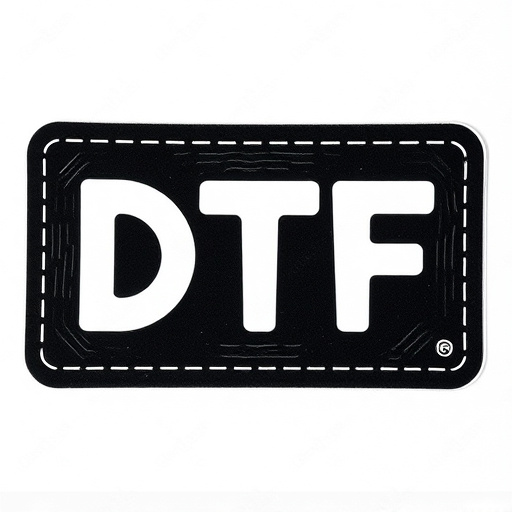
Using a DTF Shaker is just one part of achieving crack-free prints. To further enhance your results with dtf heat transfer paper, consider employing advanced techniques. One effective method involves carefully controlling the temperature and pressure during the application process. Exceeding recommended settings can lead to excessive heat, which may cause the print to crack or blister. Precise calibration ensures a consistent bond between the design and the substrate without damaging the delicate fibers of the fabric.
Another strategy is to choose high-quality dtf transfer sheets that are designed for your specific material type. Different fabrics have varying porosity levels and stretch properties, necessitating tailored transfer sheets. Using sheets not suitable for your chosen fabric can result in poor adhesion and increased crack formation. Experimenting with different sheet types and adjusting your application techniques accordingly will help you achieve consistently excellent results with your DTF Shaker.
A DTF Shaker offers a revolutionary approach to achieving crack-free, consistent prints. By understanding the technology and implementing simple setup adjustments, along with advanced techniques for preventing prints from cracking, you can consistently produce high-quality results. Embrace the benefits of this innovative printing method and say goodbye to print imperfections forever.




